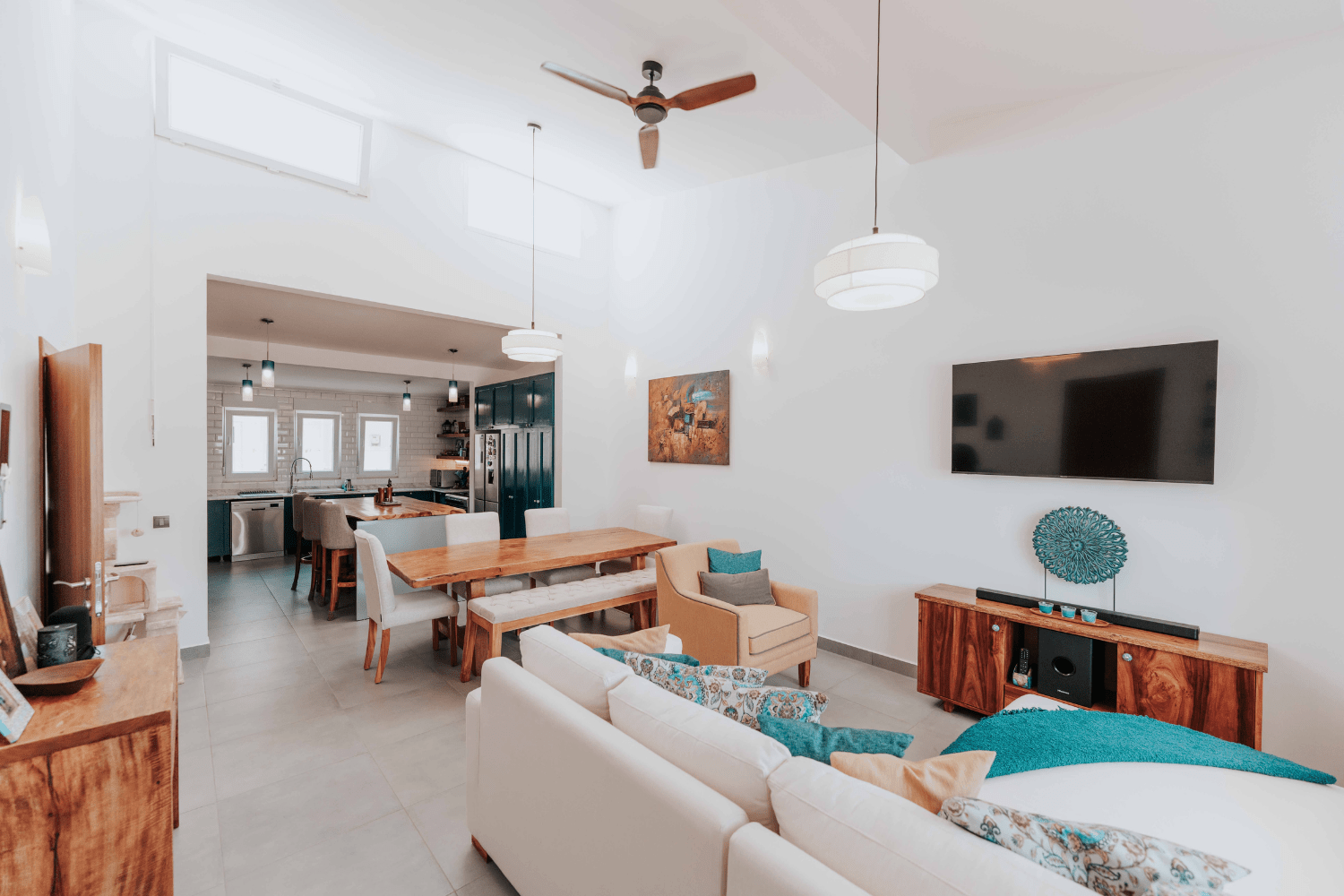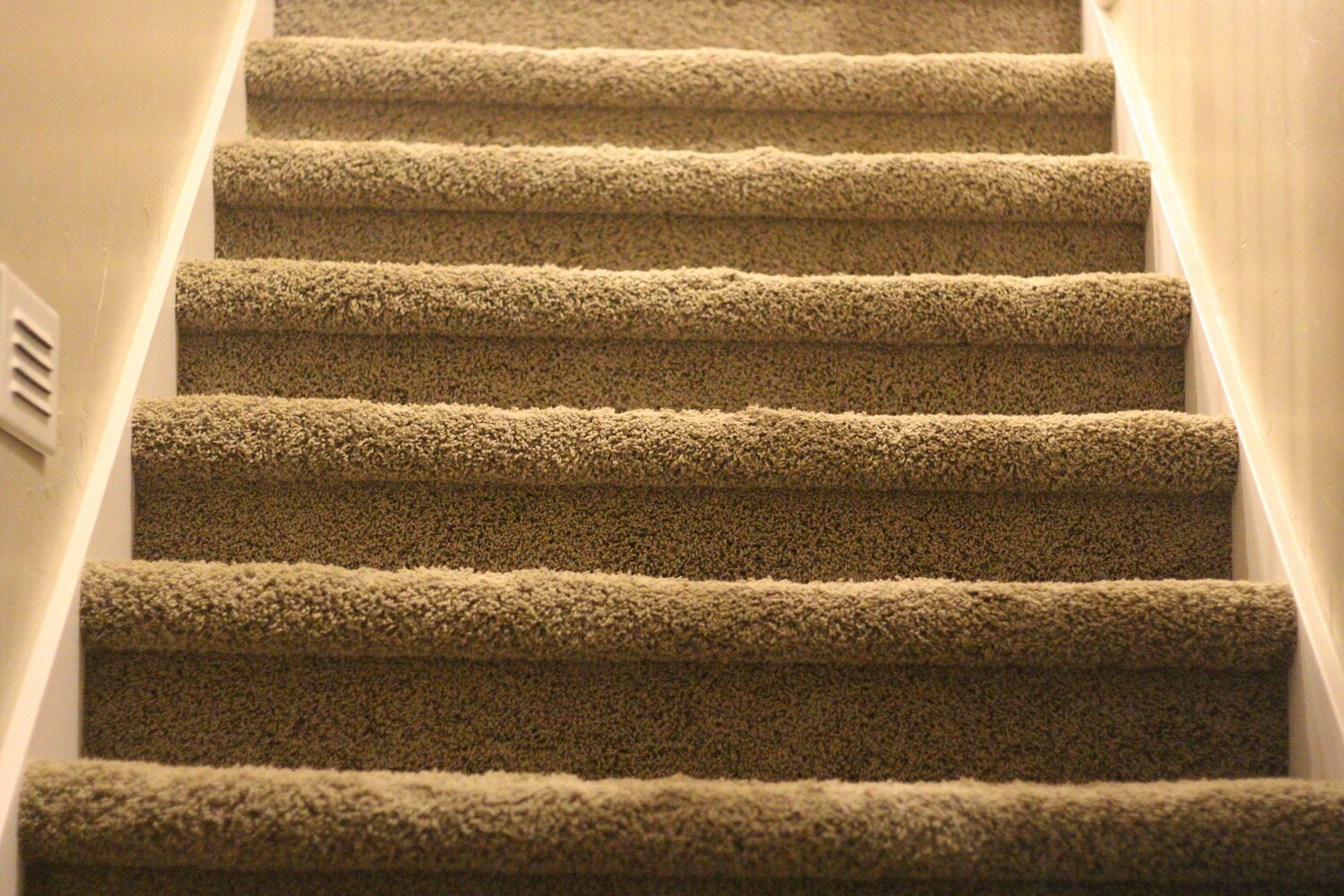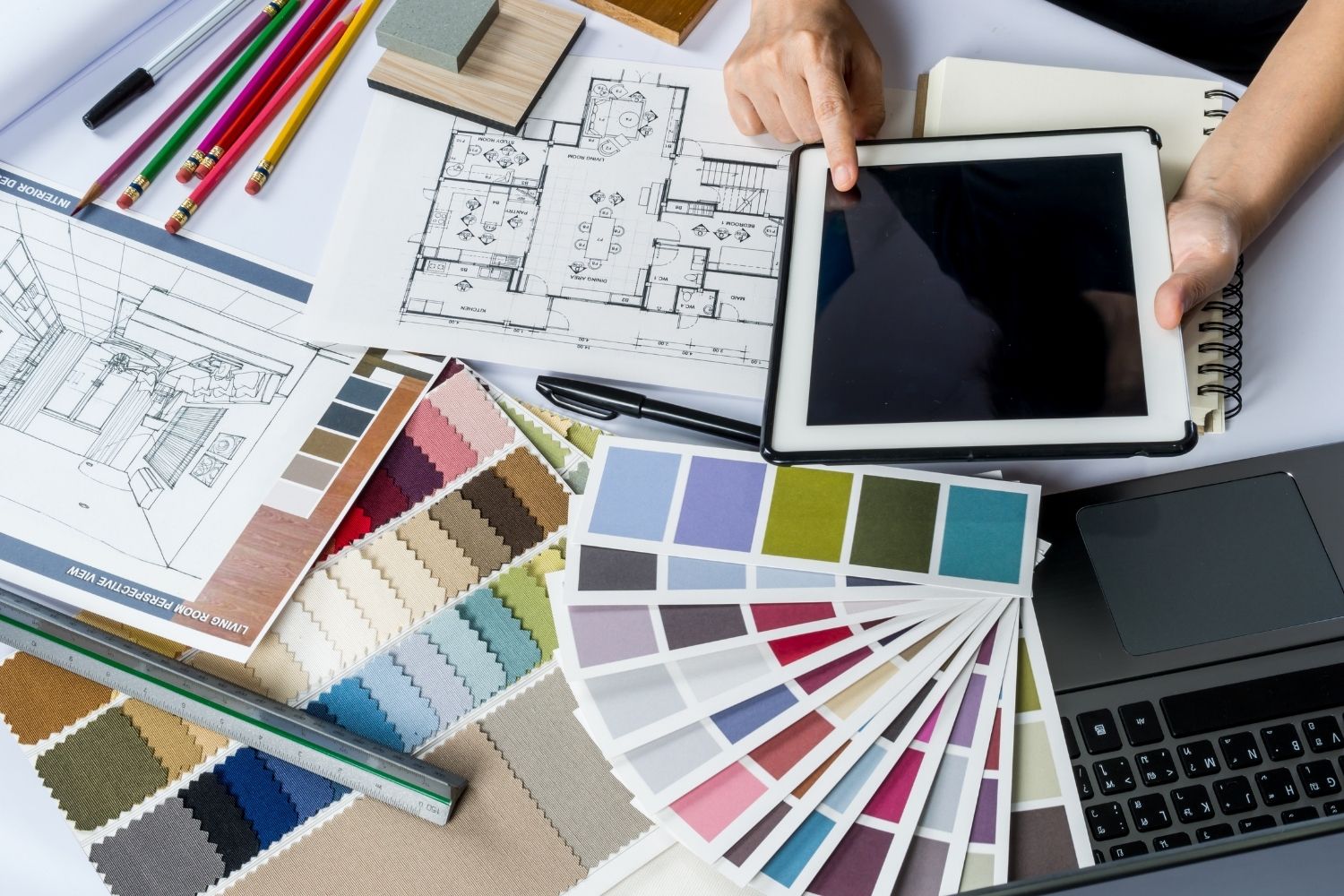- Home
- Articles
- Architectural Portfolio
- Architectral Presentation
- Inspirational Stories
- Architecture News
- Visualization
- BIM Industry
- Facade Design
- Parametric Design
- Career
- Landscape Architecture
- Construction
- Artificial Intelligence
- Sketching
- Design Softwares
- Diagrams
- Writing
- Architectural Tips
- Sustainability
- Courses
- Concept
- Technology
- History & Heritage
- Future of Architecture
- Guides & How-To
- Art & Culture
- Projects
- Interior Design
- Competitions
- Jobs
- Store
- Tools
- More
- Home
- Articles
- Architectural Portfolio
- Architectral Presentation
- Inspirational Stories
- Architecture News
- Visualization
- BIM Industry
- Facade Design
- Parametric Design
- Career
- Landscape Architecture
- Construction
- Artificial Intelligence
- Sketching
- Design Softwares
- Diagrams
- Writing
- Architectural Tips
- Sustainability
- Courses
- Concept
- Technology
- History & Heritage
- Future of Architecture
- Guides & How-To
- Art & Culture
- Projects
- Interior Design
- Competitions
- Jobs
- Store
- Tools
- More
Revolutionizing Building with 3D Printed Construction Methods: Efficiency & Sustainability

3D printing is revolutionizing the construction industry, pushing the boundaries of what we thought was possible. From intricate architectural designs to robust infrastructure, this technology is transforming how we build. Imagine a world where entire buildings can be printed layer by layer, reducing waste and speeding up construction times.
Take, for instance, the Snop Sheaf fountain, originally sculpted by Nikolai Dydykin in the mid-20th century. During its recent restoration, the fountain’s shape was modernized and enhanced with a new backlight system, thanks to 3D printing technology. This method allowed for precise modifications, making the fountain not just a piece of art but a marvel of modern engineering.
Table of Contents
ToggleOverview of 3D Printed Construction Methods
Key Technologies and Techniques
Various technologies and techniques define 3D printed construction. Each offers unique approaches to depositing construction materials, enhancing efficiency and design flexibility.
- Powder Bonding
Powder bonding involves spraying a cement mixture mixed with a binder layer by layer. This process binds the particles together, creating a solid structure over time. - Spray Method
The spray method deposits different construction materials through specialized nozzles, which rapidly solidify upon contact with air, layering materials with precision. - Extrusion
Extrusion continuously extrudes a flow of material through a nozzle to create a sturdy structure. This method is suitable for producing building components with high precision. - Sand Layers
Sand layers use sand mixed with a special adhesive or binder material to form intricate structures. This technique is effective for creating detailed architectural elements.
Comparison with Traditional Construction Methods
3D printed construction diverges significantly from traditional methods, impacting the construction process, cost, and capabilities.
- Automation vs. Manual Labor
While traditional construction relies heavily on manual labor, 3D printing automates much of the process, reducing labor costs and human error. - Speed and Efficiency
Traditional construction often involves assembling numerous components. 3D printing builds structures layer by layer, which can substantially decrease build times. - Design Flexibility
Traditional methods may limit design options due to the complexity and cost of custom components. 3D printing allows for more intricate designs and geometries without additional cost. - Material Usage
Traditional construction can result in a high volume of material waste. 3D printing uses materials more efficiently, often leading to reduced waste and more sustainable practices.
By comparing these two approaches, we can better understand how 3D printed construction methods are poised to transform the industry, driving innovation and efficiency while overcoming the limitations of traditional techniques.
Benefits of 3D Printing in Construction
Speed and Efficiency
3D printing in construction significantly speeds up building processes. Compared to traditional methods, which can take several months, 3D printing can complete structures in weeks or even days. For instance, a house can be printed in approximately 20 hours of printer time. This accelerated pace is achieved through continuous printing without requiring time-consuming assembly of individual components. Moreover, 3D printing creates minimal waste, reducing site cleanup time and labor costs.
Environmental Advantages
3D printing offers several environmental benefits. The technology inherently reduces material waste, as printers only use the exact amount of material needed. This efficiency minimizes landfill contributions and resource consumption. Additionally, 3D printing allows for the use of sustainable materials, such as recycled plastics and composites, further reducing the environmental impact. The precision of 3D printing also ensures that energy-efficient designs are easily produced, leading to buildings that consume less energy over their lifespans.
Cost-Effectiveness
3D printing for construction proves to be cost-effective despite the high initial investment in printer acquisition and setup. Lower labor costs result from reduced manual intervention and automated processes. Material costs are also minimized since the technology uses materials more efficiently, avoiding the over-purchase typically required with traditional methods. In the long run, the durability and reduced maintenance of 3D printed structures translate to additional savings, making the high initial investment worthwhile for many projects.
Challenges in 3D Printed Construction
Technical Limitations
3D printed construction faces several technical limitations, primarily concerning material properties and machine capabilities. While current 3D printers can print materials like concrete, clay, and certain polymers, the strength, durability, and thermal properties of these materials may not always meet the standards required for conventional construction. Print resolution also poses a challenge; achieving high precision at large scales can be difficult, impacting the final structural integrity.
Another significant constraint is the speed of printing. Although advancements have been made, printing large structures quickly and consistently remains a challenge. For instance, the technology has evolved from printing 2 meters of building material per hour in 2013 to potentially 3.5 meters per hour, yet this is still slow compared to traditional construction methods. Additionally, printer downtime due to maintenance or technical issues can further delay projects.
Regulatory and Compliance Issues
Regulatory hurdles present another substantial challenge to adopting 3D printed construction. Building codes and regulations vary widely across regions and often do not account for new technologies like 3D printing. Compliance with existing codes can be difficult, as standards are typically designed for traditional materials and construction methods. This regulatory lag can hinder the widespread adoption of 3D printed buildings.
Moreover, achieving certification for 3D printed structures involves rigorous testing to ensure they meet safety and quality standards. The lack of standardized testing protocols for 3D printed materials adds to the complexity. For example, while traditional buildings undergo well-established stress tests, analogous tests for 3D printed structures are still under development. As a result, gaining regulatory approval can be time-consuming and costly, slowing down innovation in 3D printed construction.
Real-World Applications of 3D Printed Construction
Residential Buildings
3D printing transforms residential building construction by offering innovative solutions for creating homes efficiently and affordably. In December 2015, SPECAVIA completed the first residential building in Yaroslavl, Russia, using 3D printing technology. This home, covering 298.5 square meters, was assembled from 600 pre-printed wall elements. On-site assembly combined with traditional construction methods allowed for faster project completion. Inspired by such success, projects in China, Dubai, and the Netherlands also utilize 3D printing to construct homes and educate the public about sustainable building techniques.
Notably, 3D-printed homes utilize materials like concrete and other composites that can be printed layer by layer. This process reduces waste and labor costs while increasing design flexibility and construction speed. Homes can be built in days instead of months, addressing housing shortages and disaster relief needs. These benefits make 3D printing an attractive option for residential construction.

Infrastructure Projects
3D printing technology extends beyond residential buildings to various infrastructure projects, offering unique advantages for bridges, public spaces, and utility structures. For instance, the Snop Sheaf fountain’s recent restoration integrated 3D printing to enhance its aesthetic and functional aspects. The parapet’s design incorporated internal communication channels, produced using an AMT construction printer, demonstrating the seamless blend of art and engineering.
Moreover, large-scale infrastructure projects benefit from the precision and scalability of 3D printing. Components like bridge segments, retaining walls, and drainage systems can be fabricated off-site and assembled on location. This method minimizes on-site disruptions and reduces overall project timelines. Furthermore, 3D-printed infrastructure components can be customized to meet specific design and durability requirements, leading to safer, more resilient structures.
In urban settings, 3D printing aids in constructing public amenities quickly and effectively. For example, benches, planters, and shelters can be custom-designed and printed to fit the local environment, enhancing community spaces. The technology’s versatility makes it a powerful tool for modernizing infrastructure and improving urban livability.
By harnessing 3D printing, we can reimagine how residential buildings and infrastructure projects are conceived, designed, and constructed, paving the way for innovative, sustainable, and cost-effective solutions in the construction industry.
The Future of 3D Printed Construction
Innovation and Technological Advancements
3D printed construction continues to evolve with rapid technological advancements. Autonomous robotic systems like the ARCS from SSquared showcase how automation aids precision and reduces human error. Large-scale printers can fabricate entire structures swiftly. For instance, the ARCS printer can assemble a house in just 48 hours. New materials, including bioplastics and eco-friendly concrete variants, enhance sustainability and durability. Innovations in software streamline the design-to-construction process, allowing for more complex and customized architectural forms. Technologies like Building Information Modeling (BIM) integrate with 3D printing, providing real-time data for better project management.
Impact on the Construction Industry
The effect of 3D printing on the construction industry is profound. Reduced construction times, exemplified by the 48-hour house-build, lower labor costs and speed up project timelines. Material efficiency minimizes waste, contributing to sustainable building practices. Customization capabilities enable bespoke designs tailored to specific client needs, fostering creativity and innovation. Scalability allows for applications ranging from small housing units to large infrastructure projects, such as bridges. Challenges like material properties and regulatory hurdles remain, but ongoing research and collaboration among industry stakeholders seek to address these issues, aiming to standardize and optimize 3D printed construction practices.
Conclusion
3D construction printing represents a transformative technology with the potential to reshape the construction industry by offering speed, cost-efficiency, and design flexibility. This innovation is not just altering how buildings and structures are created but also presenting solutions to pervasive challenges in the sector.
Speed and Cost-Efficiency
Notable for its rapid execution, 3D construction printing can complete projects significantly faster than traditional methods. For instance, claims have been made about printing a house in 20 hours, which marks a substantial improvement in construction timelines. By reducing the need for manual labor and minimizing material waste, 3D printing also cuts down overall project costs.
Design Flexibility and Customization
3D printing technology facilitates intricate designs and complex architectural features that were previously difficult or expensive to achieve. By allowing layer-by-layer printing, this method enables seamless customization, making it easier to adapt designs to specific needs and preferences. The printed parapet of the Snop Sheaf fountain, for example, showcases the advanced design possibilities achievable through 3D printing.
Sustainability
The integration of sustainable materials such as bioplastics and eco-friendly concrete variants furthers the environmental benefits of 3D construction printing. Reduced material waste and the ability to use recycled components contribute to more sustainable construction practices.
Recent Innovations
Progress in robotic systems and improved software like Building Information Modeling (BIM) are making the design-to-construction process more efficient. These advancements help streamline operations, reduce labor costs, and shorten project timelines, fostering further adoption of 3D printing in construction.
Challenges and Future Prospects
Despite its benefits, 3D construction printing faces challenges related to material properties and regulatory frameworks. Ongoing research and development aim to standardize practices and enhance material performance. As these challenges are addressed, the technology is likely to see broader implementation across residential, commercial, and infrastructural projects.
In sum, 3D construction printing is poised to revolutionize the industry, offering viable solutions for speed, cost-efficiency, and sustainable design while paving the way for innovative architectural advancements.
- 3D printed architecture
- 3D Printed Buildings
- 3D Printed Homes
- 3D printing construction methods
- additive manufacturing in construction
- Cost-effective building methods
- Eco-friendly construction techniques
- Efficient building methods
- Future of construction technology
- Green construction materials
- Innovative construction technology
- Sustainability in construction
- sustainable building solutions
A licensed architect with hands-on studio experience, I translate complex design ideas into clear, engaging stories for a global audience. As a seasoned content writer and editor, I craft articles, project features, and thought-leadership pieces that illuminate emerging technologies, sustainable practices, and cutting-edge design trends—always with an architect’s eye for detail, accuracy, and narrative flow. My goal is to bridge practice and publication, giving fellow professionals and curious readers alike the insight and inspiration they need to push architectural boundaries.
Submit your architectural projects
Follow these steps for submission your project. Submission FormLatest Posts
Marketing for Architects: How Firms Are Getting More Clients Without Chasing Leads
Architectural marketing has changed in important ways. Referrals and reputation still matter,...
8 Innovative Apartment Design Ideas from the USA
Apartment design in the United States is rapidly evolving, with architects and...
Tips for Using Runners to Transform Hallways and Spaces
Hallways work hard. They handle daily foot traffic, muddy shoes, and the...
Essential Architecture Tools in 2026: Software, AI, and Physical Equipment
Architecture in 2026 demands more than design talent alone. From BIM and...















Leave a comment